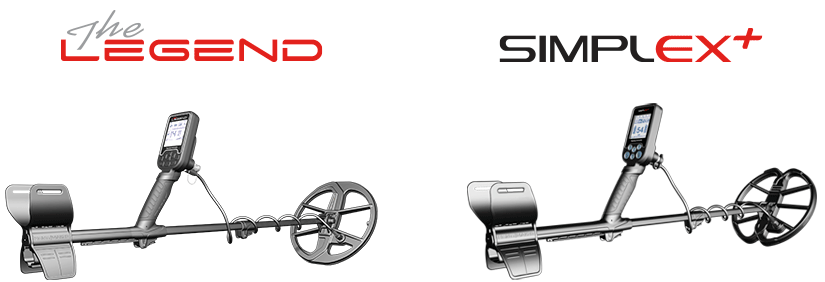Calnevaroy said:
I need to ask because in the Sacramento Valley where I live the ground is rather difficult. I ask this question with a past detector in mind, the Teknetics Mark 1, a two filter machine that didn't work well here or in Northern Nevada's ground.
Like you, for most of my life I have lived in and dealt with very mineralized ground conditions, generally in Oregon, Nevada, Utah, Arizona, and some of the places I have traveled to in California and Idaho. I remember when the early Teknetics Coin Computers were out ±30 years ago and, while I liked some of the Mark I's concepts and slow-motion search abilities, I sure didn't like the impaired performance in "bad ground."
Calnevaroy said:
This leads me to wonder how many filters the Racer is based upon and how well it handles mineralization.
That's two questions and I'll answer the first with this.: It really doesn't matter the number of "filters" as we used to refer to them because those were still earlier analog circuitry design days and we had a definite difference between the early era 2-Flter and 4-Filter designs In late '87 Compass gave us the 3-Filter concept, which is what their Vari-filter was as they designed the Scanner series, then about a dozen years later White's went the 3-filter route with their MXT.
Today we don't have any 4-filter detectors offered, and the MXT 'family' [size=small](The MXT, MXT Pro, MXT All-Pro, M6 and MX5)[/size] are the only 3-filter models I know of being made. But we have had a remarkable change in circuitry designs in recent years to more totally digital circuitry design and the definitions of how they achieve their results. In communications with the Nokta/Makro R&D lead engineer I had asked several specific questions and he responded with a very courteous answer that describes, somewhat simplistically, how they are designed.
In these modern times they/we don't really use 2-filter and 3-filter and 4-filter the same as we used to. I can't share with you the discussion as I was asked to keep in confidential. However, I can tell you that the circuitry design isn't described the same way we used to, and the blaring facts are that what the Nokta/Makro engineering team have done is provide us, the end consumer, with some of the most sophisticated and yet simple or basic adjustment functions and excellent in-the-field results. It's not a matter of 'filters' any more like it used to loosely use.
The second question in that sentence was how well the Racer handles mineralization. I have seen the videos showing the Racer's behavior in a variety of soils, and I have to confirm that the Racer has performed exceptionally well in every mineral challenge I put it to the test in. Dirty-bad-nasty ground, and DBN Ground with a lot of Iron Debris, and it still leaves me impressed.
Calnevaroy said:
I read and watched the accompanying video of a recent post on this forum, "Mineralized dirt and saltwater test with the Makro Racer" but would appreciate more input if possible. Thank you, Roy
I have hunted on some wet alkali desert, but not at a coastal beach yet. I have worked both the Nokta FORS CoRe and Makro Racer in some tad dirt, dark dirt, red dirt with clay, and other places. Sites where the Racer gives a Ground Phase read-out from '81' to '85' and the Ferrous Ground pie-chart display shows '5', '6' or '7' segments darkened up out of '8' so it was challenging ground. The Racer worked well in the Threshold-based All Metal mode, as well as the 2-Tone and 3-Tone modes, as well as the Beach mode.
Get one, use it, learn it, and I'll guarantee that you'll you will also be favorably impressed with the Racer.
Monte


